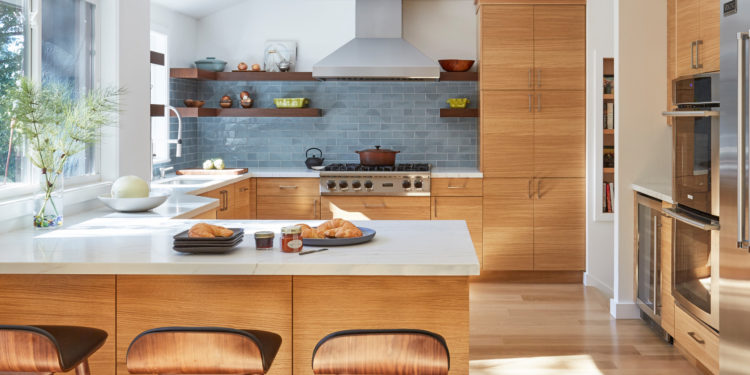The kitchen is gradually rising in status as the heart of a household. Homeowners are investing more in kitchen area design and accessories to achieve an aesthetically appealing and functional kitchen.
Keeping this in mind, there is a need to abide by the principles of design that ensure work surfaces are placed at the correct ergonomic height, positions, and are made of appropriate materials. The common principle used for positioning is known as the kitchen work triangle, with the main components for consideration being the refrigerator, sink, and cooker.
In addition to the three main components, there are other distinct working stations in the kitchen: the storage area, preparation area, and serving area. To design a functionally efficient kitchen, all these factors must be considered.
The kitchen work triangle principle is utilized by architects and house designers, especially for residential kitchens. It is defined as the distance between the refrigerator, sink, and cooktop.The general measurements for an efficient working space in a kitchen based on this principle are as follows:
- No leg of the triangle should be less than 1.2 meters or more than 2.7 meters.
- The sum of all three sides of the triangle should be between 4 and 7.9 meters.
These dimensions are intended to minimize the travel distances required between different stations and to create a well-organized kitchen plan. By adhering to these guidelines, homeowners can achieve a kitchen that is not only visually appealing but also highly functional and efficient, enhancing the overall experience of cooking and interacting in this central space of the home.


















